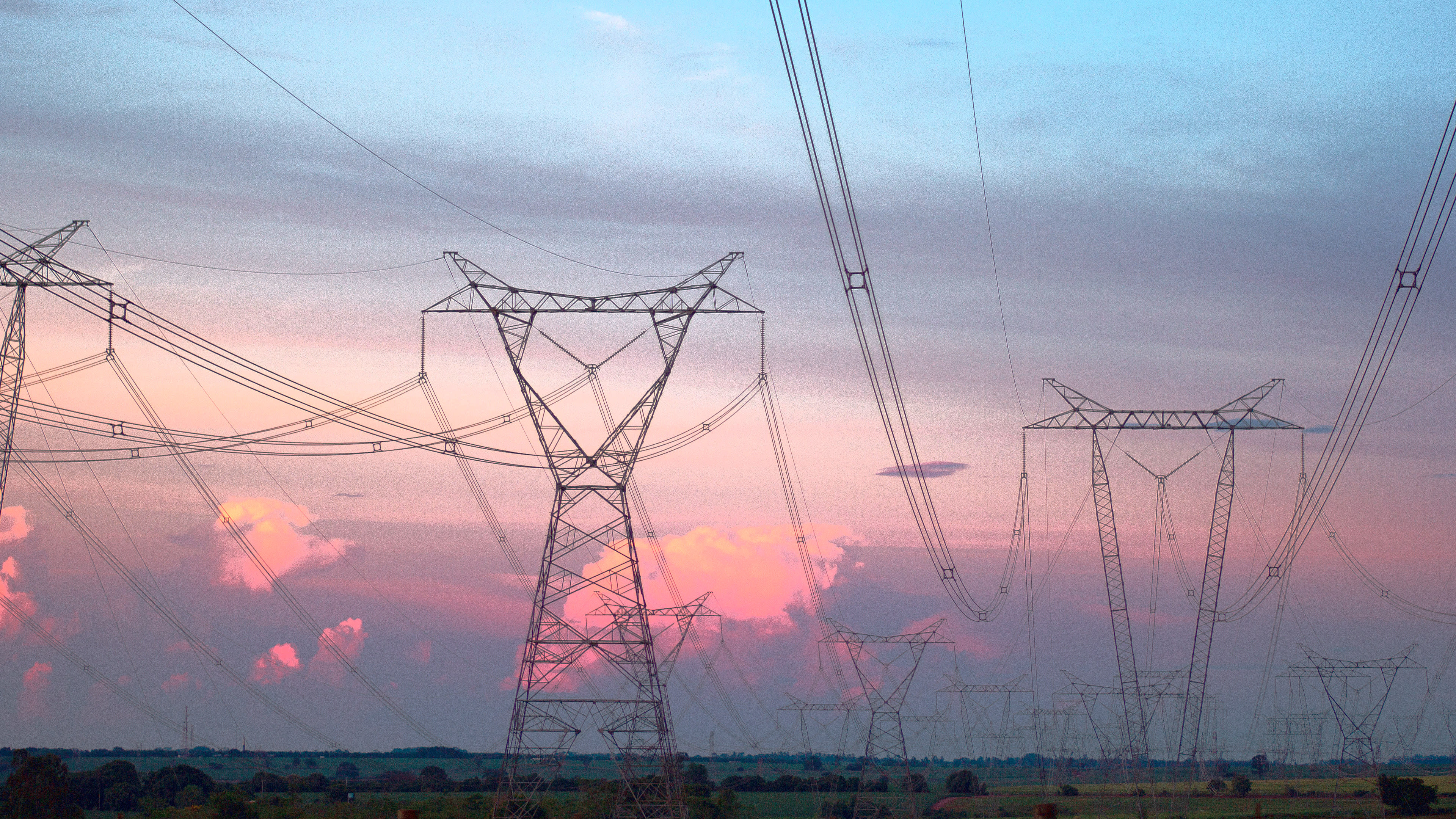Though the use of renewable energy is growing—in 2020, wind, solar, and other sources of renewable electricity accounted for nearly 20% of electricity generation in the U.S., up 90% from the year 2000—the basic infrastructure of the grid itself has been slower to change. Almost all overhead electricity lines use the same basic, inefficient design that’s been in use since 1908. The technology isn’t a good fit to accommodate the shift to renewables.
“You may have an existing grid, but if you put in over 500 megawatts of wind because you build a new wind farm, and you connect it to the grid, the grid itself may not be able to absorb that electricity,” says Herve Touati, chief strategy officer for TS Conductor, a startup making high-efficiency conductors for the electricity grid. “So you need to increase the capacity of the grid.”
Recently backed by Bill Gates’ Breakthrough Energy Ventures, National Grid Partners, and a NextEra subsidiary in a $25 million Series A round, TS Conductor has redesigned overhead power lines to make it possible to transmit twice as much electricity without changing or retrofit utility poles.
The conductors in use today use aluminum, which conducts electricity well, around a steel core that helps support it. The new design uses a core made from carbon composite, the same lightweight, strong material used in making airplanes. Because it’s stronger than steel, there’s less risk of lines sagging dangerously. And because it’s so lightweight, it’s possible to use more aluminum around the outside, doubling the amount of electricity that can flow through those power lines. In a variation on the design, the line can be covered in extra insulation to help prevent wildfires.
In the first installation in the U.S. earlier this year, a line in North Dakota was replaced to support new wind farms nearby. Without using the new lines, the utility company would have had to replace 60 support structures. “The project they did with the previous generation of conductor the year before took them a year, and the project they did with our conductor, because they didn’t need to touch any other infrastructure, took them three months,” says John Resler, executive vice president of sales for TS Conductor. “And the difference between the three months in the year was 40% savings in their capital expenditure for that project.” The power lines themselves are more expensive than the standard conductors, but the overall result is a net savings.
The inefficiency of current power lines also has a large carbon footprint: In 2019, by one estimate, one billion megatons of CO2 came from the extra energy generation needed to make up for line losses. Since the new lines lose less energy because of the new design, they can also help cut pollution even when they’re used with fossil fuel-powered generation.
Virtual power plants that connect solar power on rooftops to battery storage can also help eliminate some of the need for new grid infrastructure. But as the demand for electricity grows to power electric cars and appliances like heat pumps, we’ll also need large-scale renewable plants connected to longer transmission lines. “All the folks that study this are saying [the electric grid] probably needs to double,” Resler says, “and then probably needs to double again, if we’re going to actually hit our zero net carbon goals.”
Recognize your brand’s excellence by applying to this year’s Brands That Matter Awards before the early-rate deadline, May 3.
